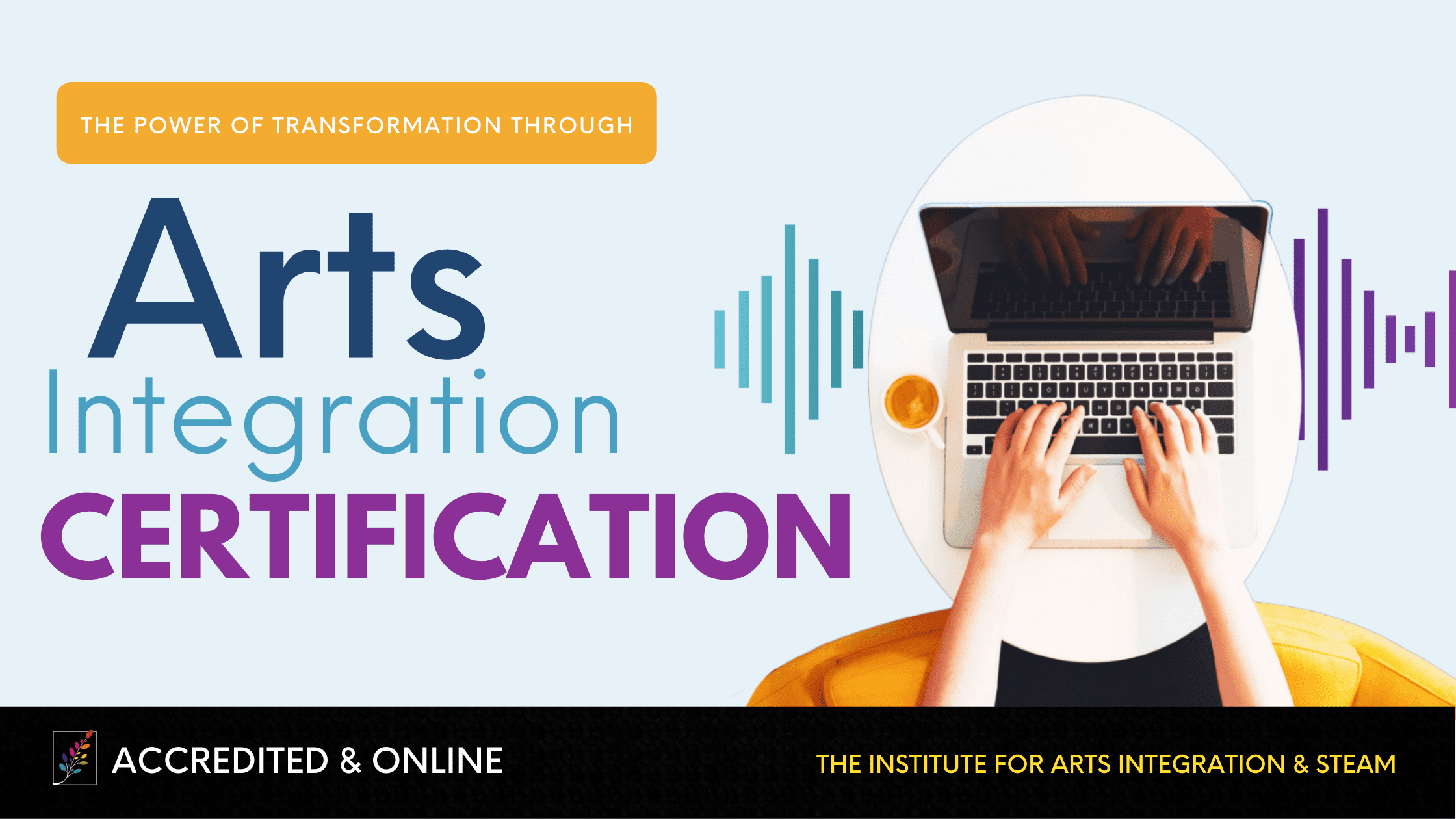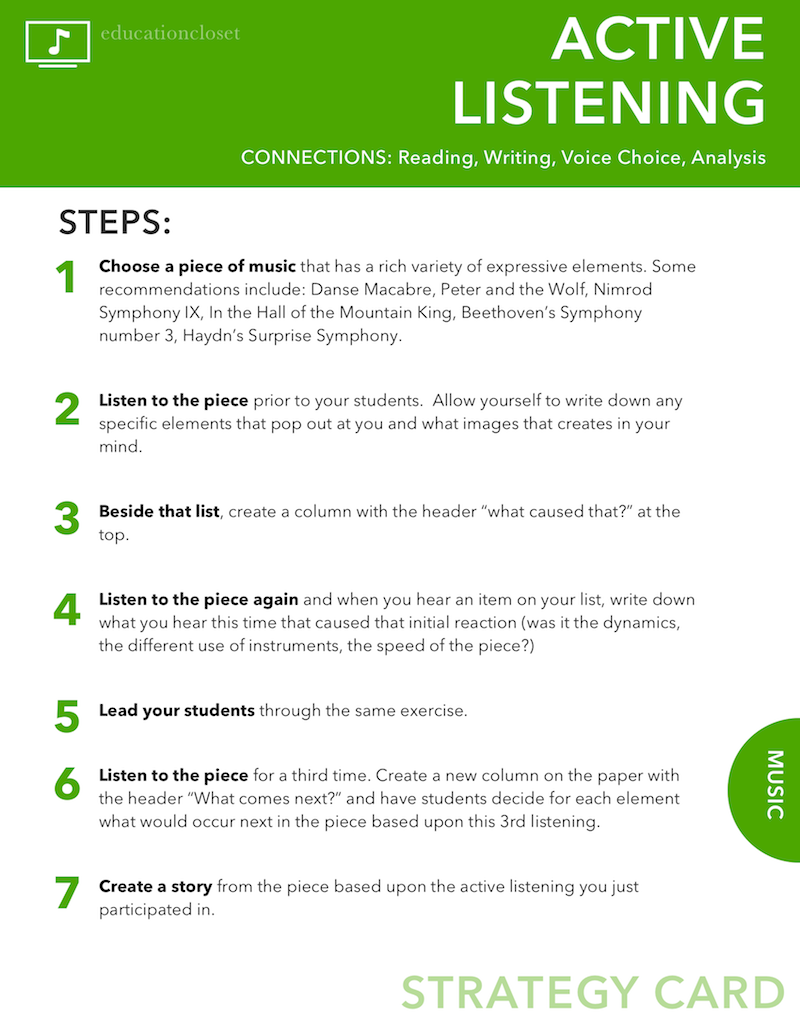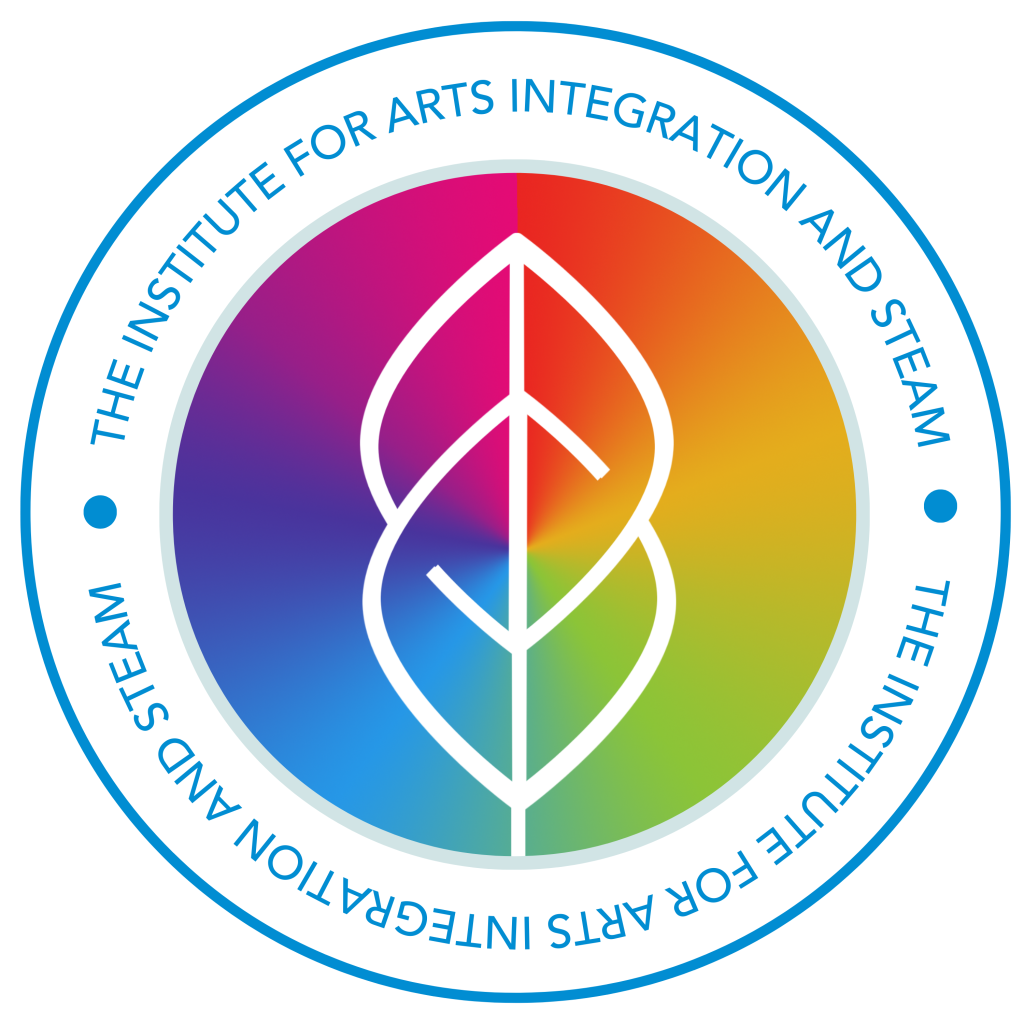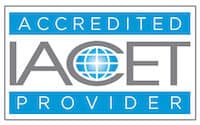Susan Riley | November 2012
Equation Rhyme Time: Math through Music
In today's strategy post, we'll be featuring two music techniques that can be directly tied to Common Core math and Common Core reading and writing. The simplicity of these strategies will (hopefully) provide you with the confidence you need to try making intentional connections between music and other content areas throughout the day.
Equation Rhythms
Equation rhythms provide students with the time and safe space to share their understanding of equations, beginning algebraic concepts, and fractions when they might otherwise be nervous. When you use this method, students view it as a game and create rhythms that showcase not only their knowledge of these mathematical concepts, but also their ability to manipulate that knowledge into something new and creative.
Here are the Steps:
1. Begin with simple rhythms the students know. Clap a 4-beat pattern of quarter notes (ta, ta, ta, ta) and then a 4-beat pattern of eighth notes (ti-ti, ti-ti, ti-ti, ti-ti). Ask students to repeat clap each of those lines.
2. Begin to mix up the two rhythms in your model clap (ta, ti-ti, ti-ti, ta) and have them echo back a few of these as well.
3. As students gain confidence, add two more rhythms to the mix: a half note (ta…aa) and a rest (just open up your hands for one beat) and have them echo back.
4. Once students have mastered variations of patterns with these 4 main rhythms, explain to the students that they are going to create an "answer" to your "question" rhythm.
5. Choose a model student who you feel would be good at this activity. Tell them that you are going to clap a rhythm while the rest of the class whisper-counts to 4. When you are finished, the student will clap an answer ,which must take place while the class whisper-counts to 4, and the answer must be different than the teacher's question. IE: Teacher: ta, ta, ti-ti, ta Student: ti-ti, rest, ta, ta
6. Allow each student to practice this (may take several tries).
7. Write the beat counts on the board for a teacher rhythm (IE: ta, ta, ti-ti, ta would be written 1 + 1 + 1/2 + 1/2 + 1) and ask students to find the answer (4). Then, do the same thing for a student "answer" rhythm. Ask them to find the answer for that equation (should also be 4).
Extensions: You can extend this by sharing that the questions and the answers all create the same end result. Work backwards and have students create rhythmic compositions to traditional math equations.
Active Listening
Active listening is a wonderful strategy that provides students with the opportunity to slow down and focus on specific elements of a piece of music. This is often an area of great comfort for many teachers because they themselves are not required to perform the music. I recommend choosing music that has a story behind it (ie: Saint-Saens "Danse Macbre" or Prokofiev's "Peter and the Wolf") so that you can listen for instrument choice, how feelings are portrayed, what dynamics were used, etc to tell the story.
DOWNLOAD THIS CARD HERE
Here are the Steps:
1. Choose a piece of music that has a rich variety of expressive elements. Some recommendations include: Danse Macabre, Peter and the Wolf, Nimrod Symphony IX, In the Hall of the Mountain King, Beethoven's Symphony number 3, Haydn's Surprise Symphony.
2. Listen to the piece prior to your students. Allow yourself to write down any specific elements that pop out at you and what images that creates in your mind.
3. Beside that list, create a column with the header "what caused that?" at the top.
4. Listen to the piece again and when you hear an item on your list, write down what you hear this time that caused that initial reaction (was it the dynamics, the different use of instruments, the speed of the piece?)
5. Lead your students through the same exercise.
6. Listen to the piece for a third time. Create a new column on the paper with the header "What comes next?" and have students decide for each element what would occur next in the piece based upon this 3rd listening.
7. Create a story from the piece based upon the active listening you just participated in.
These two techniques really highlight the processes that occur in music that build a student's capacity to perform a piece. Plus, these strategies provide students with new ways to slow down their thinking and go more in depth with their math and reading process skills. Be ready…a lesson plan highlighting one of our strategies this week is on the way on Friday!




